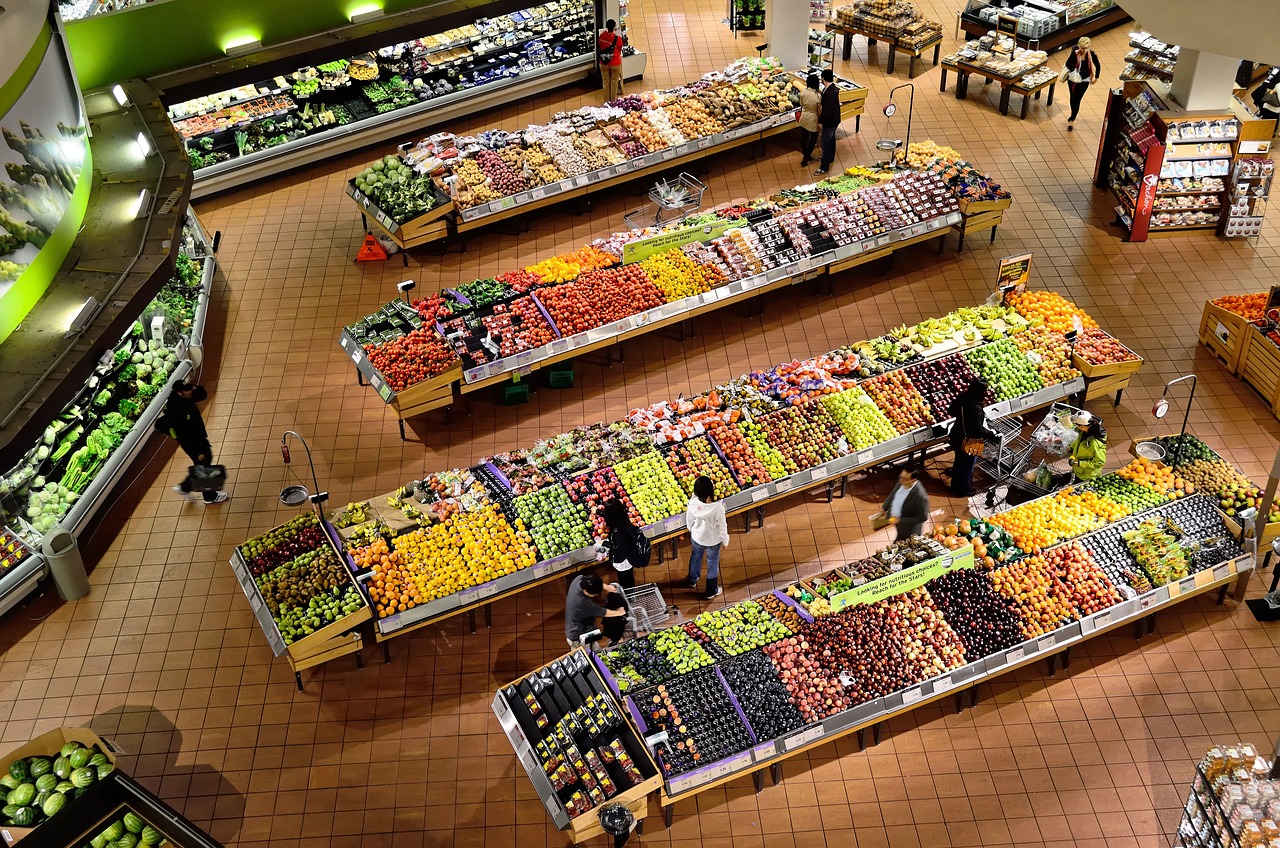If you’re like most people, you probably have a few racks of fresh produce in your house. But where do you find these beautiful fruits and vegetables? Do you know which ones are organic? And what about cooking with them? Here’s a guide to help you get the most out of your bounty.
How to Find Organic Fruits and Vegetables?
Organic fruits and vegetables are those that have been grown in a way that avoids the use of genetically modified organisms (GMOs). This means that they were not created with the intention of having GMO ingredients, and as a result, they are much healthier for you.
There are several different types of organic fruits and vegetables, which include:
1. Green Organic Food System produce- All gourmet food items made from organically grown produce. These include everything from bread to salad dressings to smoothies.
2. Almond Breeze Organics-produces products such as almond milk and body wash. They also offer bulk purchasing options so that you can get a wider variety of products at a lower price point.
3. Gaia’s Choice-Produces items such as grapes, apples, pears, onions, garlic, spices, etc. That come from sustainably managed farms located in Oregon and California.
4. sprouts Direct-Produces healthful snacks such as salads and grains straight from the package without having to worry about growlers or packaging.
There are a few ingredients that must be used in order to make organic produce:
1. Organic fertilizers- These are used to help the plants grow and produce healthy fruits and vegetables.
2. Organic pesticides- These are used to kill pests that might harm the vegetables or fruits, and also to prevent weeds from growing.
3. Organic water- All of Gaia’s Choice’s products come with purified, high quality water sourced from localesian springs.
What to Look for When Buying Organic Fruits and Vegetables?
Organic produce typically contains fewer chemicals and pesticides than conventional produce. This means that the fruits and vegetables you purchase from an organic grocer are likely to be more nutritious, fresh, and disease-free.
Look for Organic Fruits and Vegetables That Are Free of
Some of the most common organic contaminants found in fruit and vegetables include glyphosate (a chemical used in crops), bisphenol A (a hormone antagonist), RoundUp (a herbicide/disease agent), alkylphenols (chemicals that can cause skin irritation), and polypropylene glycols (maintaining water quality).
Look for Organic Fruits and Vegetables That Are
When looking for organic fruits and vegetables, it’s important to consider the environmental impact of their production as well as their nutritional value. For example, a single cup of broccoli contains around 20 calories, 10 grams of dietary fiber, 5 grams of protein, 3 grams of carbs, 2 milligrams of vitamin C, and 0.5 milligrams of iron.
Tips for Buying Organic Fruits and Vegetables
When buying organic fruits and vegetables, it’s important to find a good price. Check Greensoul Organics to find the best deals. Be sure to factor in shipping and handling costs when calculating your total purchase.
Check the Andes to See If the Vegetables Are Local
If you’re looking for organic produce from the Andes, be sure to check for local availability. Many farmers in the region grow organic produce, so you can be sure that your food will be high-quality and pesticide-free.
Get a Delivery Vehicle That Can Carry a lot of Vegetables
Make sure that your delivery vehicle can carry a lot of organic produce – this will help increase your chances of getting your purchases delivered as quickly as possible. Plus, it’ll save you money on transport costs!
Use a Fork to Cut the Vegetables
Cutting vegetables with a fork is one of the easiest ways to avoid getting cuts on your skin – it’s also an effective way to prevent bad bacteria from growing on your fruit or vegetable items. When cutting vegetables, use a knife if necessary but try not to cut into small pieces too much – this can make it difficult to get all of the nutrients and flavors into your meal. Acknowledgement.
When it comes to organic fruit and vegetables, always be sure to acknowledge the farmers who grew them. This way, you’re helping to support their work and helping to preserve the environment in which they live.
Conclusion
Buying organic produce can be a great way to save money and support sustainable practices. However, it’s important to make sure that the produce you buy is of good quality. By checking the quality of the produce before buying, you can avoid any potential problems down the line. Additionally, using a fork to cut the vegetables, getting a delivery vehicle that can carry a lot of vegetables, and acknowledgement can help create a positive review for your product on popular marketplaces.
